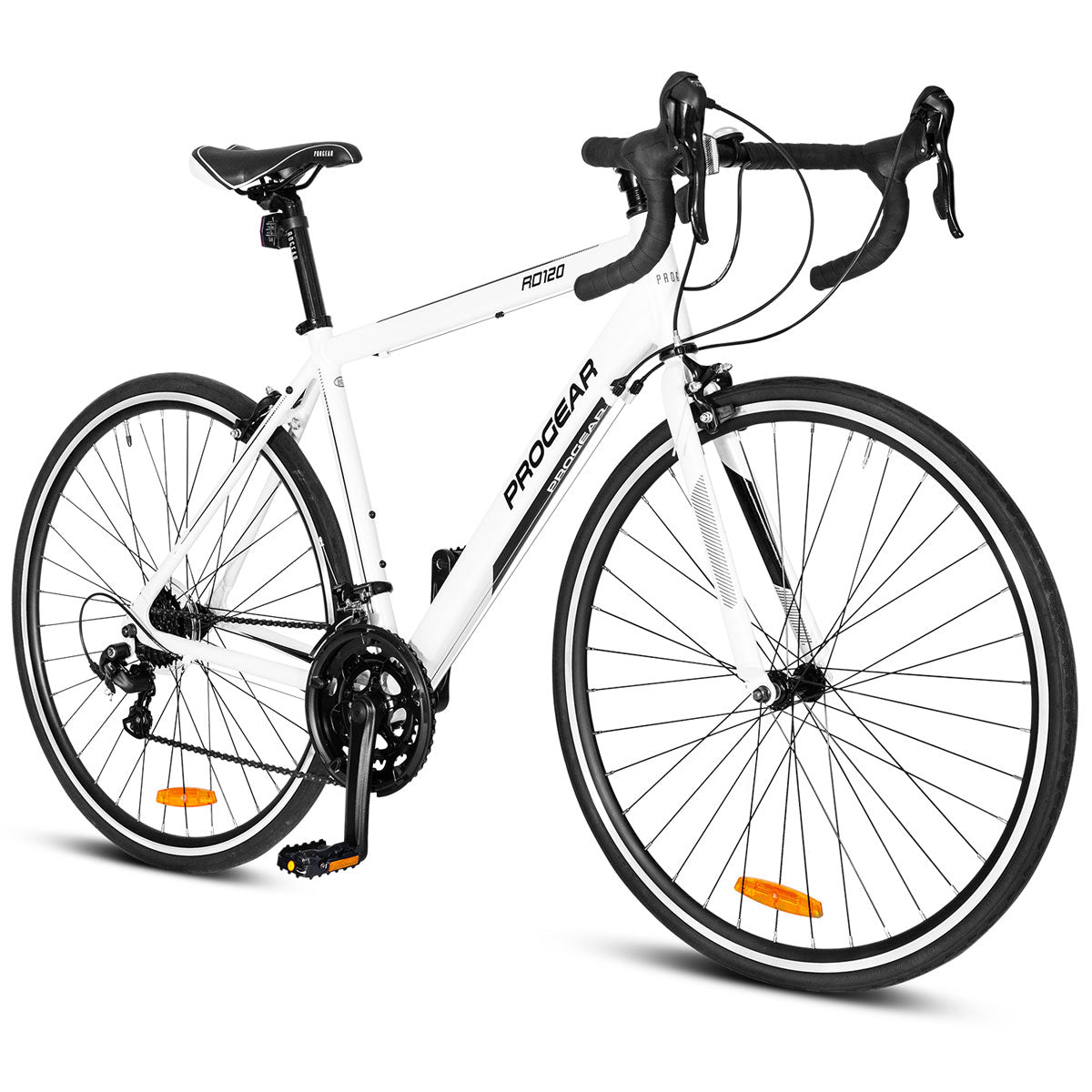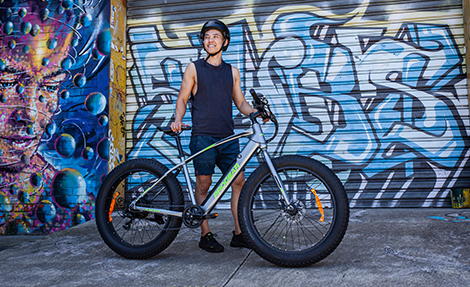
If you've recently got yourself a snazzy new e-bike, you might find yourself hesitant to take it out in bad weather. Anxieties around water damage might cause many riders to hold off on riding their e-bike altogether, lest their suddenly caught out in the rain.
However, we're here with the good news that riding your e-bike in the rain can be perfectly safe and manageable with the right knowledge and practices. By understanding how your bike is protected against moisture and keeping up a good maintenance routine, you can enjoy your ride worry-free no matter the weather.
Understanding Electric Bike Components and Water Resistance

Modern e-bikes are designed to resist water, but they're not entirely waterproof. The battery, motor and electrical wiring are generally protected with water-resistant coatings and seals, making them capable of handling typical rain exposure without much of an issue.
On this front, not all e-bikes are created equal. The level of water resistance in an e-bike is measured by its IP rating (Ingress Protection), which includes two number ratings. The first number refers to the protection against solid objects (like dust), while the second number refers to the level of water resistance. The first number ranges from 0-6, with 6 being the highest protection, and the second number ranges from 0-9. For example, an e-bike with an IP65 rating means it is fully protected against dust and can withstand water jets from any direction. Most e-bikes on the market are rated IP54 or higher, meaning they can handle splashes or light rain, but full submersion in water should be avoided.
Safety Considerations for Riding E-Bikes in the Rain
Adjusting Braking Techniques
Wet roads can make braking less effective, so remember to adjust your braking techniques when riding in the rain. In these conditions, try to:
- Brake earlier and more gently: In wet conditions, the braking distance is often longer due to decreased traction between your tyres and the road. Start braking earlier than usual and apply the brakes gently to avoid skidding or losing control.
- Avoid sudden braking: Abrupt braking can cause the wheels to lock up, especially on slick surfaces. Gradually applying pressure to the brake levers will help you to keep stable and steady.
Choosing the Right Tyres for Wet Weather
Look for tyres with deeper grooves and patterns that allow water to flow away from the tyre's surface. This helps increase grip and stability, reducing the risk of slipping. Wider tyres generally provide more surface area for better traction, which can be useful on slippery roads.
Enhancing Visibility in the Rain

Riding in the rain reduces visibility for both you and other road users. We recommend wearing a reflective vest or jacket to make you more visible to drivers and other cyclists. Remember to equip your e-bike with a high-quality front and rear light. These should be visible from a distance to alert other road users of your presence, even in heavy rain. Wearing waterproof gear will also help to keep you dry and comfortable.
Maintenance Tips for E-Bikes After Riding in the Rain
After riding your e-bike in the rain, it's a good idea to give it some extra care to keep it in good condition.

Cleaning and Drying the E-Bike
Rainwater can leave dirt, grime and moisture on your e-bike, so it's important to clean it thoroughly after each wet-weather ride. Follow these steps:
- Wipe down the frame and components: Use a damp cloth to wipe down the frame, fork, handlebars and any other exposed parts. Avoid direct water sprays on the electrical components.
- Dry thoroughly: After cleaning, dry your bike using a soft, dry cloth. Pay particular attention to sensitive areas like the motor, battery and wiring.
- Avoid pressure washers: High-pressure water can force moisture into the electrical components, causing damage. Stick to gentle cleaning methods.
Lubricating Moving Parts
Moisture from the rain can wash away lubricants from the chain, gears and other moving parts. After drying the bike, apply lubricant to the chain and other moving parts to prevent rust and maintain a smooth performance. You can even find lubricants that are specifically designed for wet weather conditions which last longer in damp environments.
Checking for Water Ingress
Water can sometimes make its way into places it shouldn't be, especially around the battery or motor. Regularly inspect these areas for signs of water ingress:
- Battery connections: Make sure the battery compartment is sealed correctly. Check for any signs of water leakage.
- Motor housing: Inspect the motor and its wiring for water damage or corrosion.
If you notice any water ingress, address the issue promptly to avoid long-term damage. If you're unsure, consult a professional e-bike mechanic for help.
Common Myths About E-Bikes and Rain

There are several myths and misconceptions about riding e-bikes in the rain. Let's debunk a few of the most common ones:
E-Bikes Are Not Waterproof
While it's true that e-bikes are not fully waterproof, most are designed with a strong layer of water resistance and protections. They can handle regular exposure to rain but should never be submerged in water. Always check your e-bike's IP rating and manufacturer's recommendations to make sure you understand its limits.
Rain Damages Batteries Quickly
Modern e-bike batteries are sealed and designed to handle wet weather. If you're properly maintaining your bike and don't expose it to excessive moisture, rain shouldn't cause immediate damage to the battery. Be sure to keep the battery dry and remove it from the bike when not in use if the bike is exposed to heavy rain for extended periods.
Riding in the Rain Voids the Warranty
Most e-bike manufacturers offer warranties that cover normal riding conditions, including rain, as long as you follow as you follow the basic care instructions. Riding in the rain typically doesn't void the warranty, but ignoring maintenance or misusing the bike in extreme conditions could lead to issues. Always consult your manufacturer's warranty terms for specific guidance.
Conclusion

Riding an electric bike in the rain is entirely possible and safe when you follow the right precautions. By understanding how your e-bike's components resist water and maintaining your bike properly, you can enjoy cycling in wet weather without any worry. Make sure to clean, lubricate and inspect your bike after every rainy ride to ensure it remains in top condition.
For more information on high-quality e-bikes and reliable maintenance tips, check out Progear Bikes' range of electric bikes, designed for great performance in all conditions. Stay safe and keep riding, no matter the weather.




















